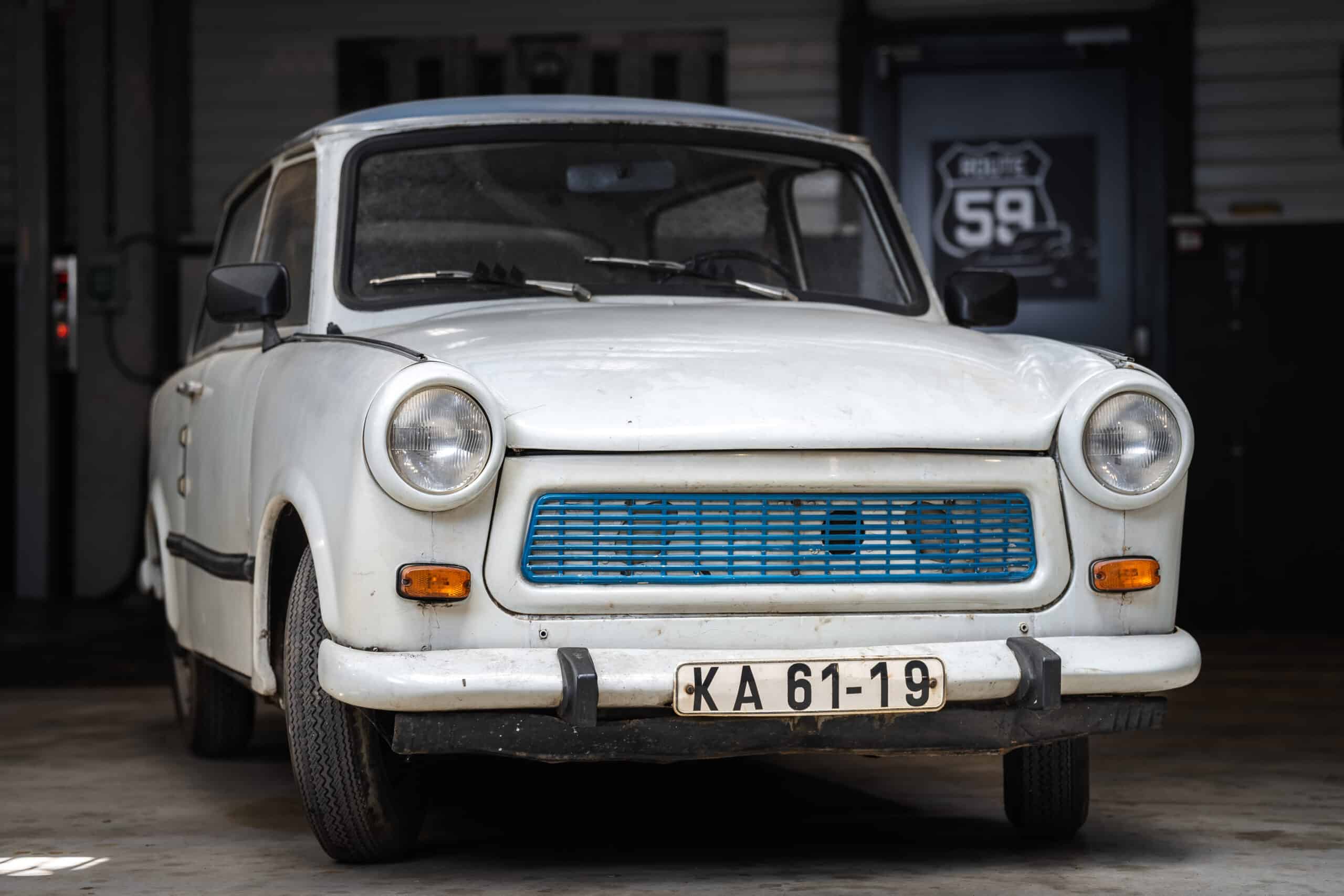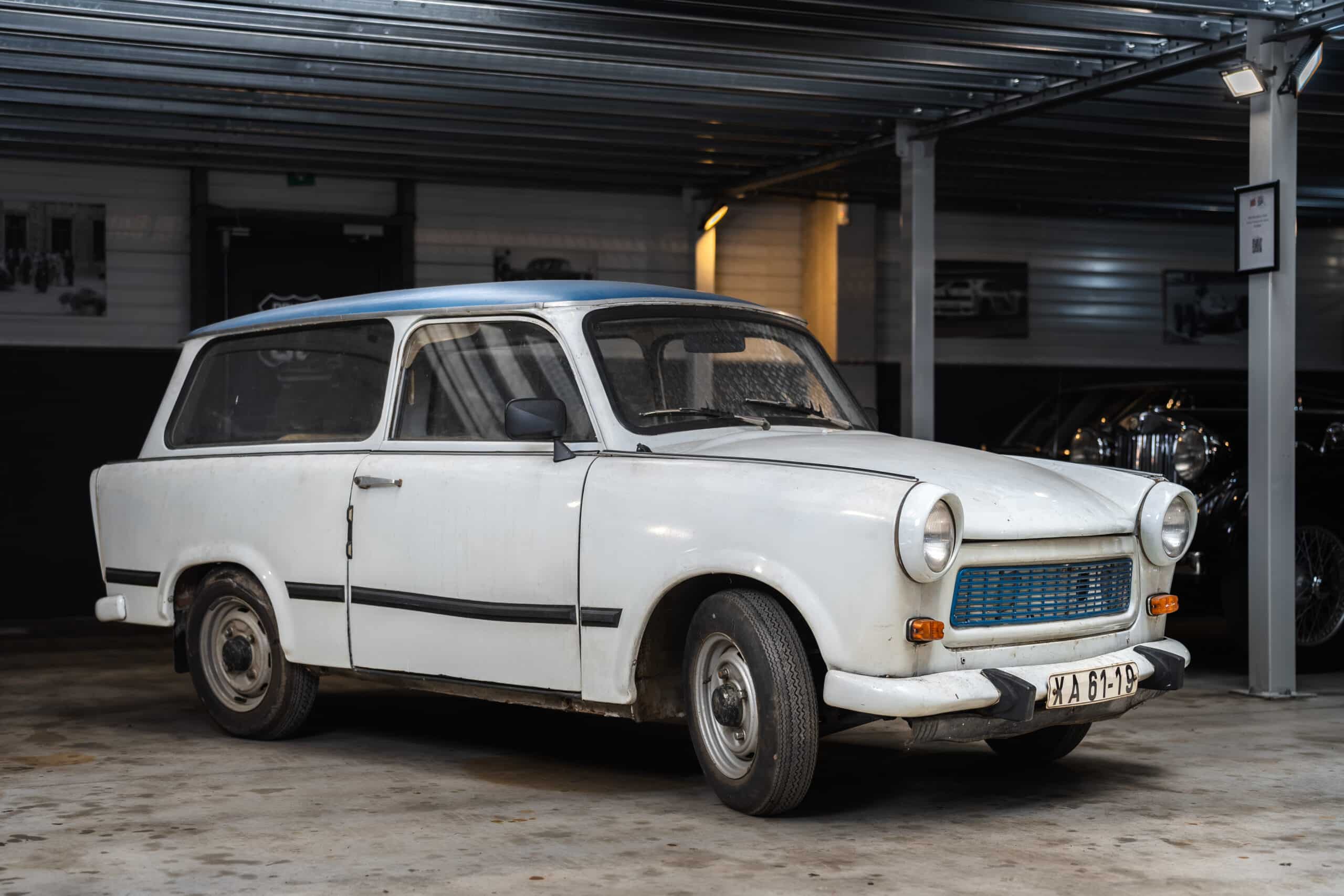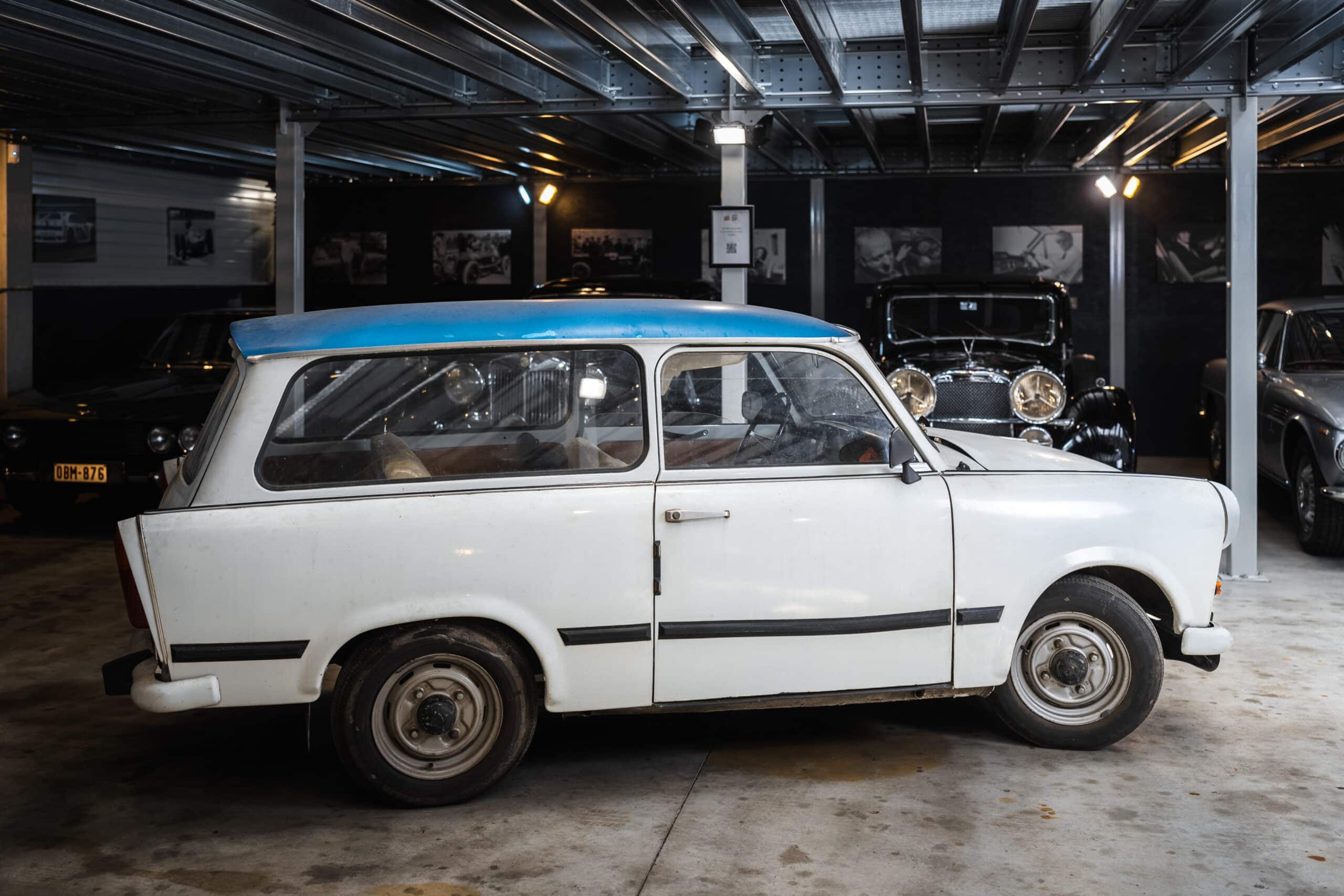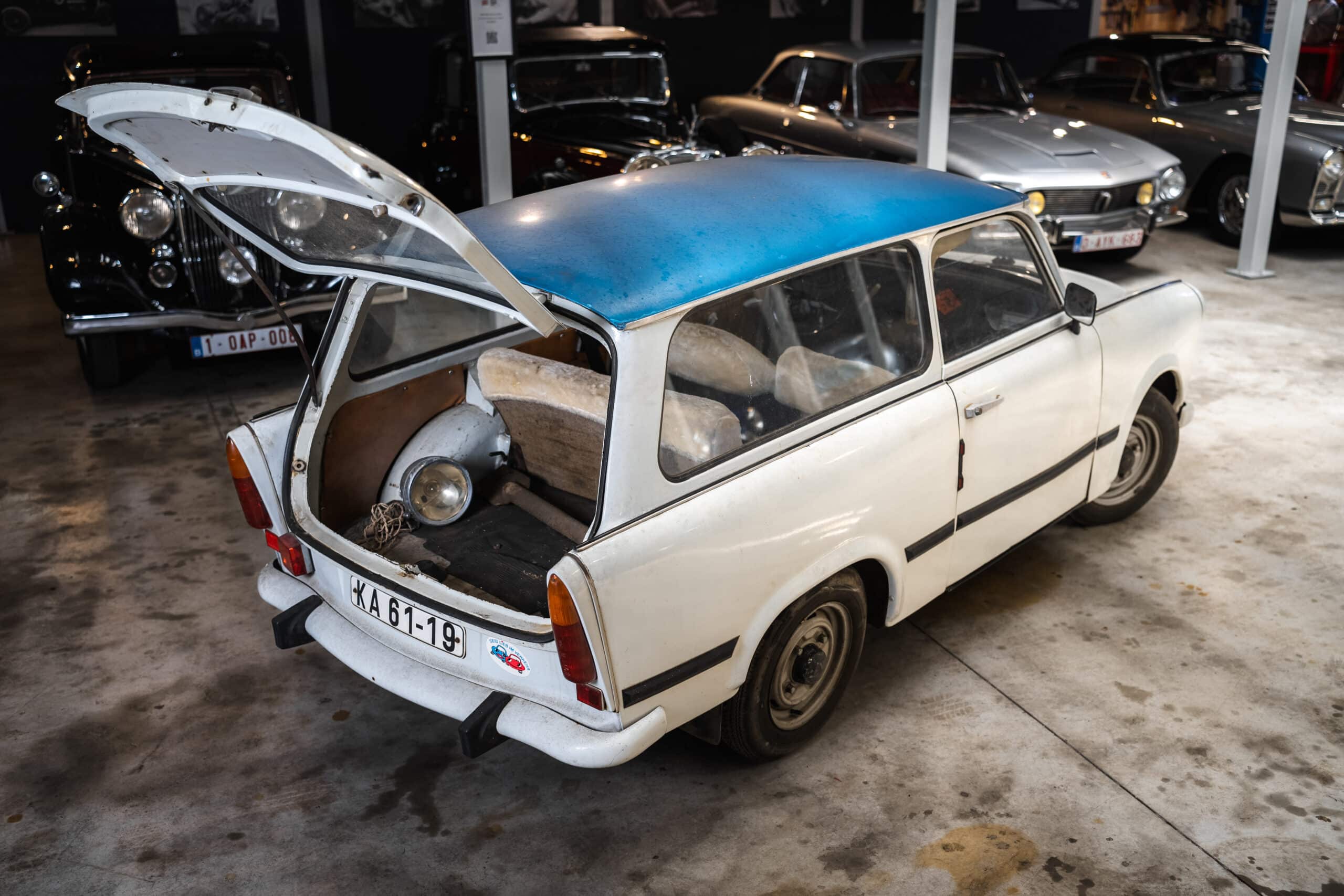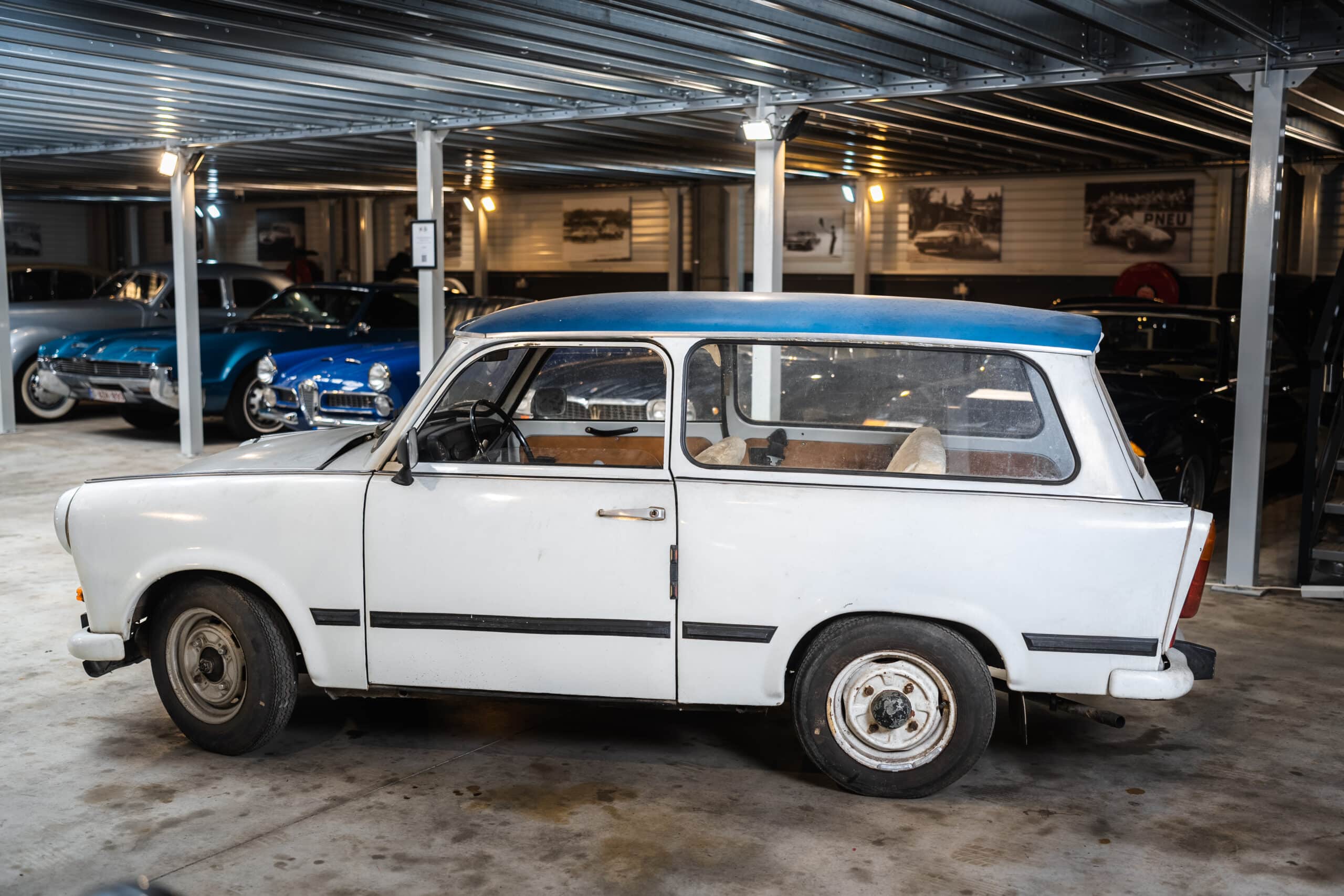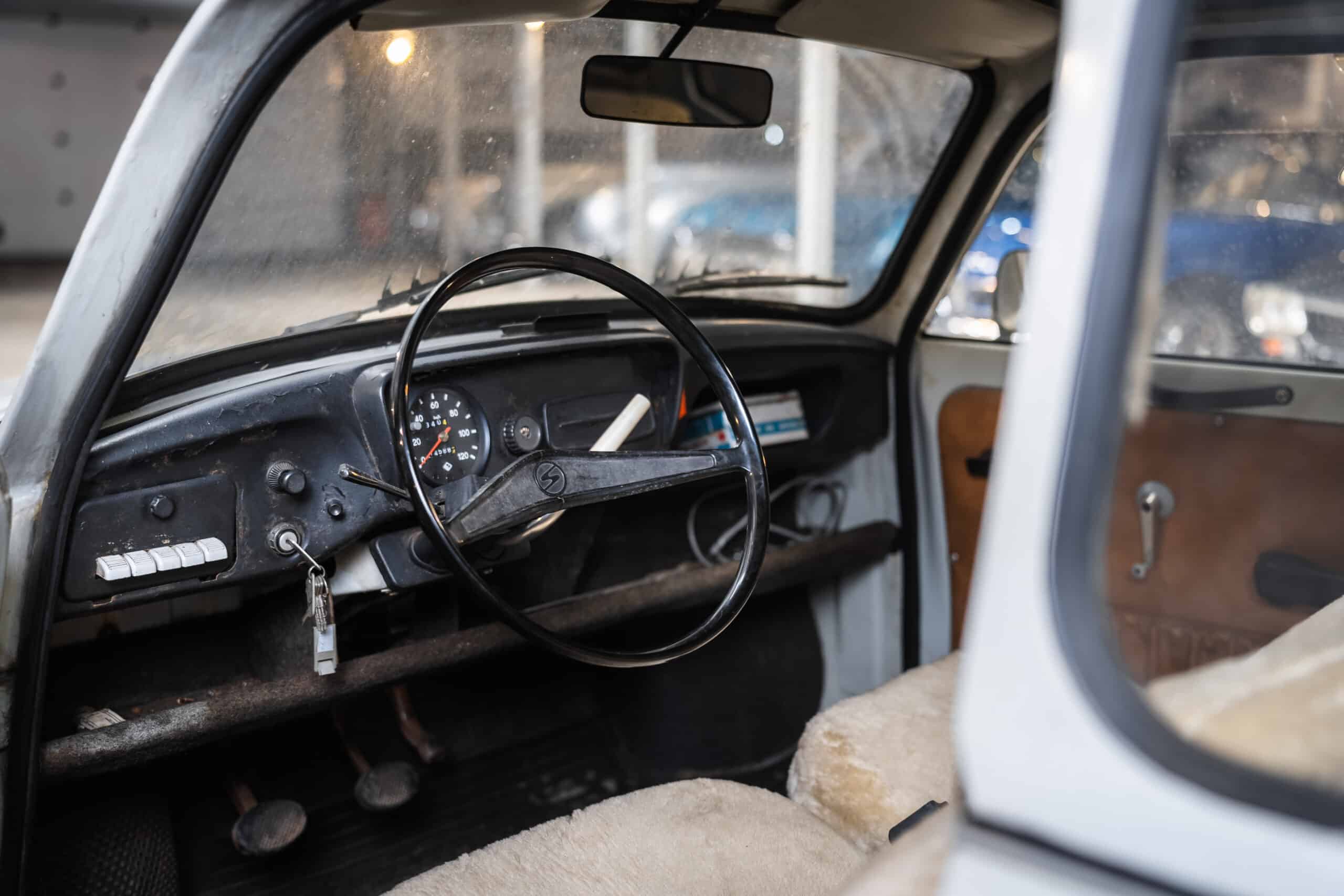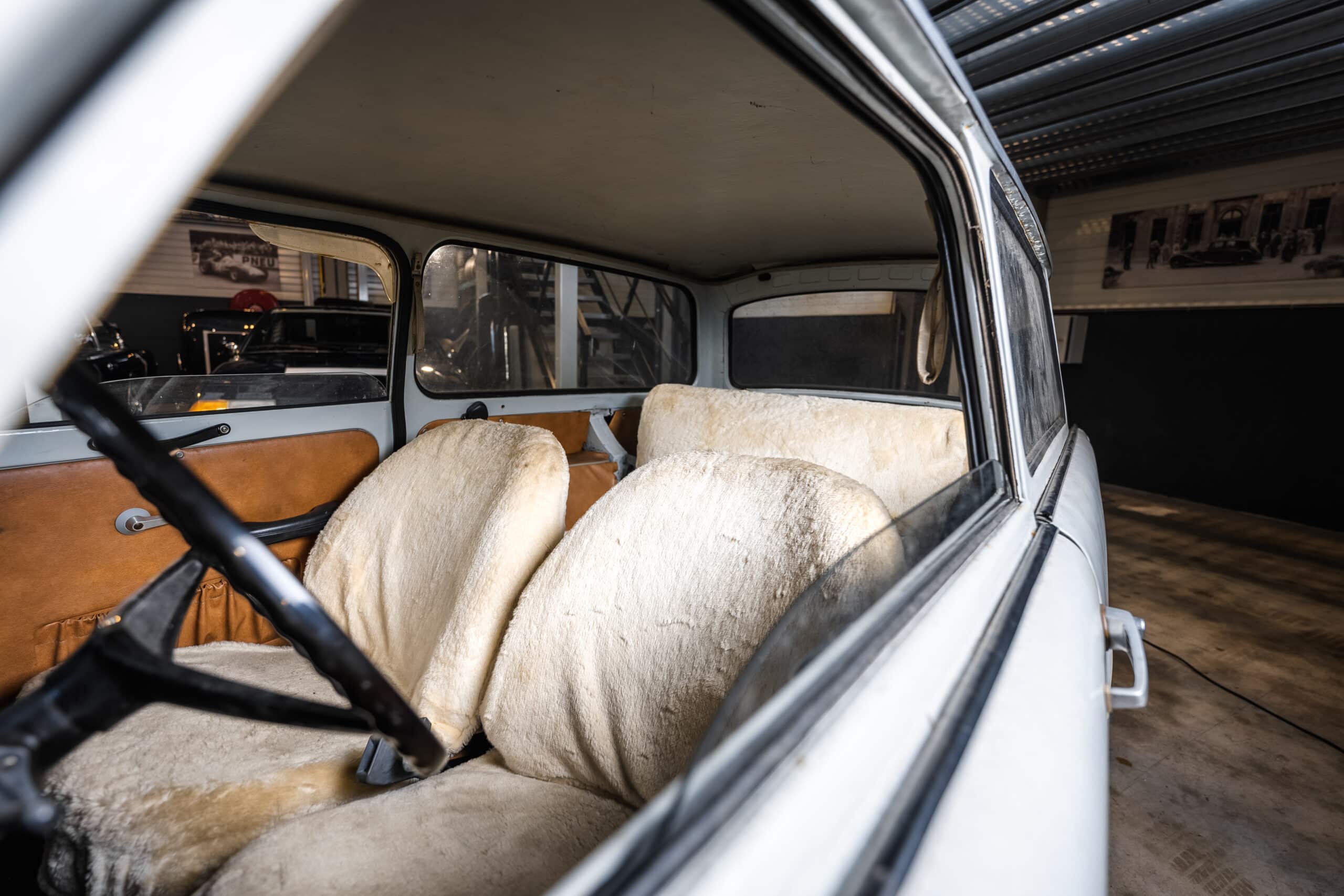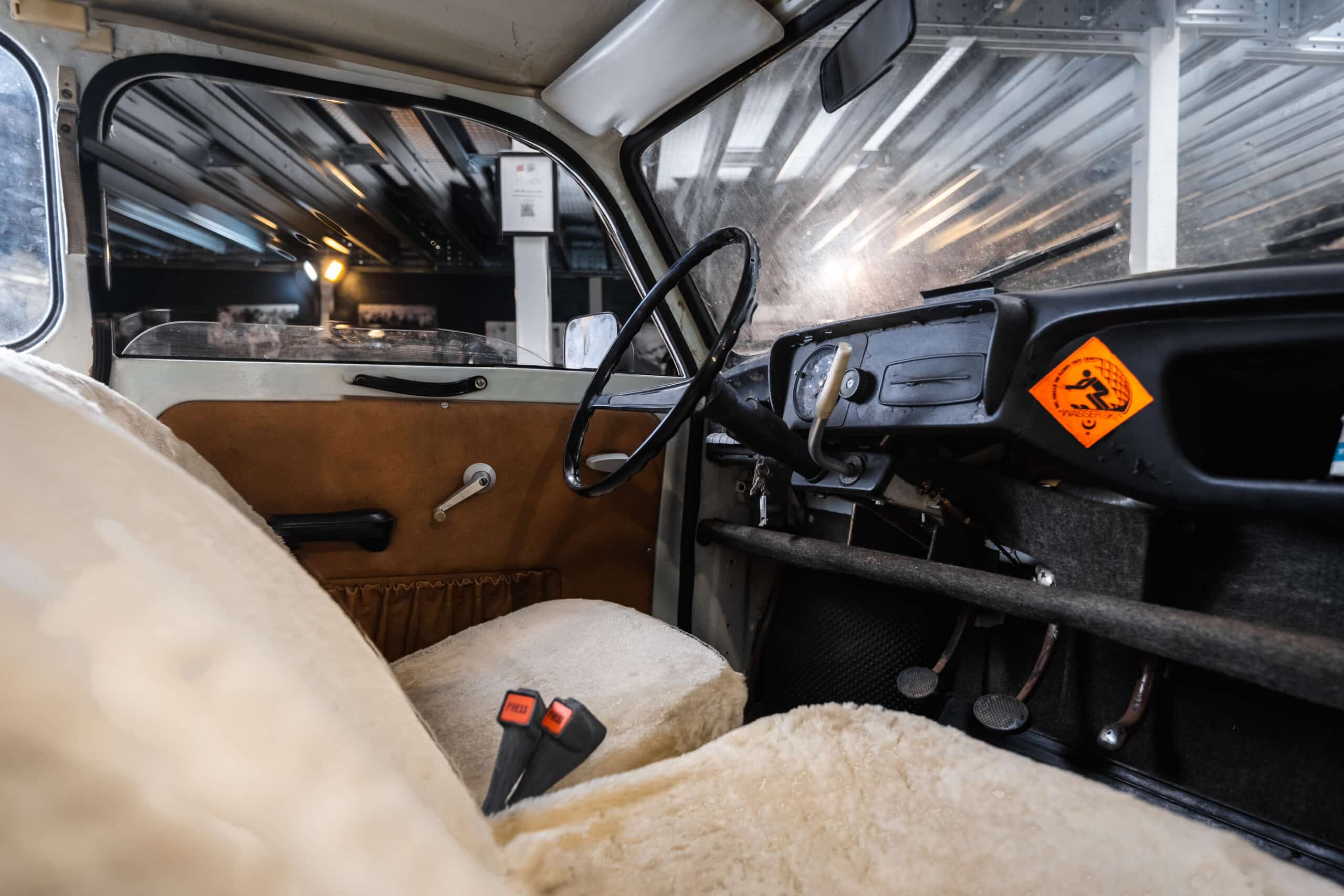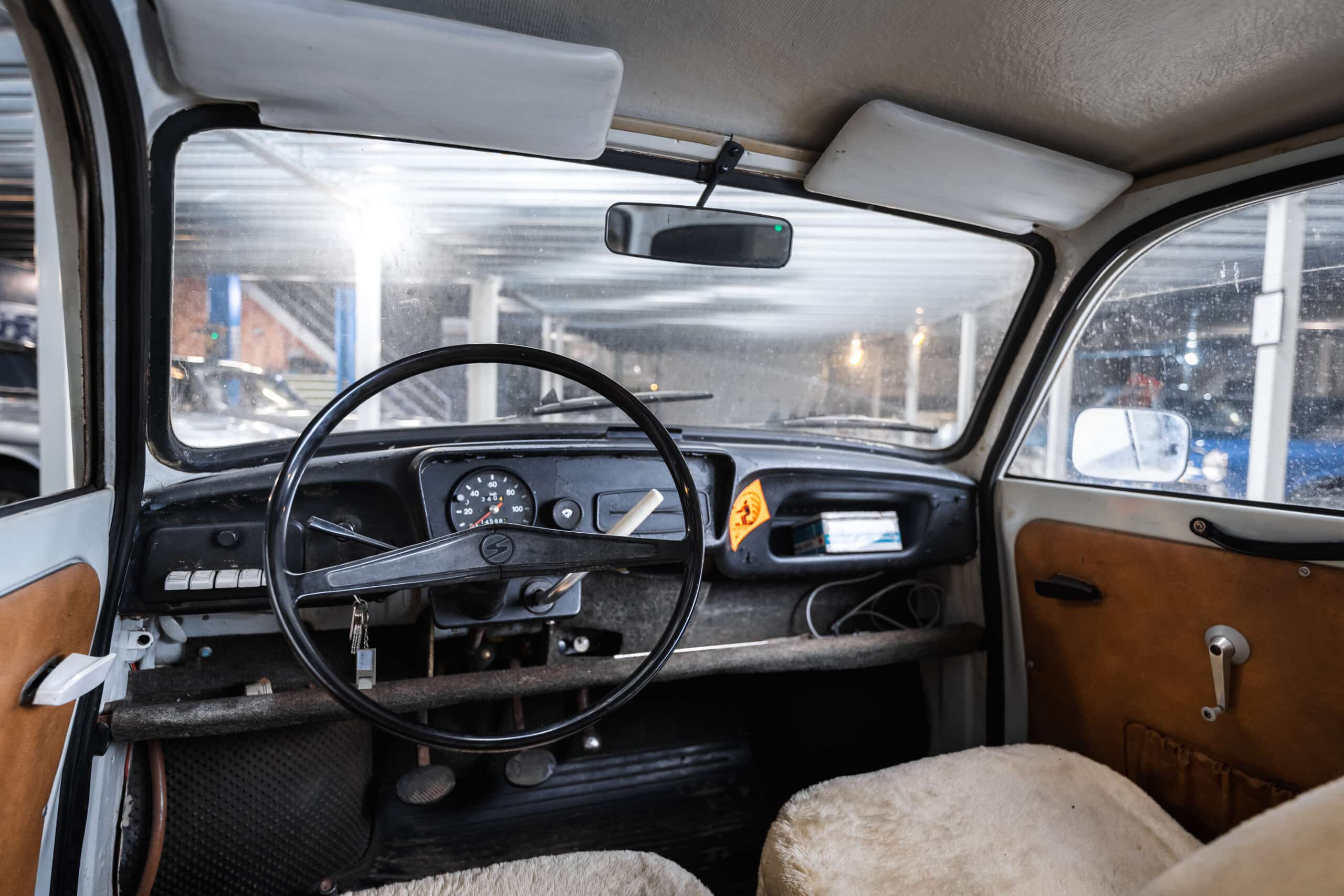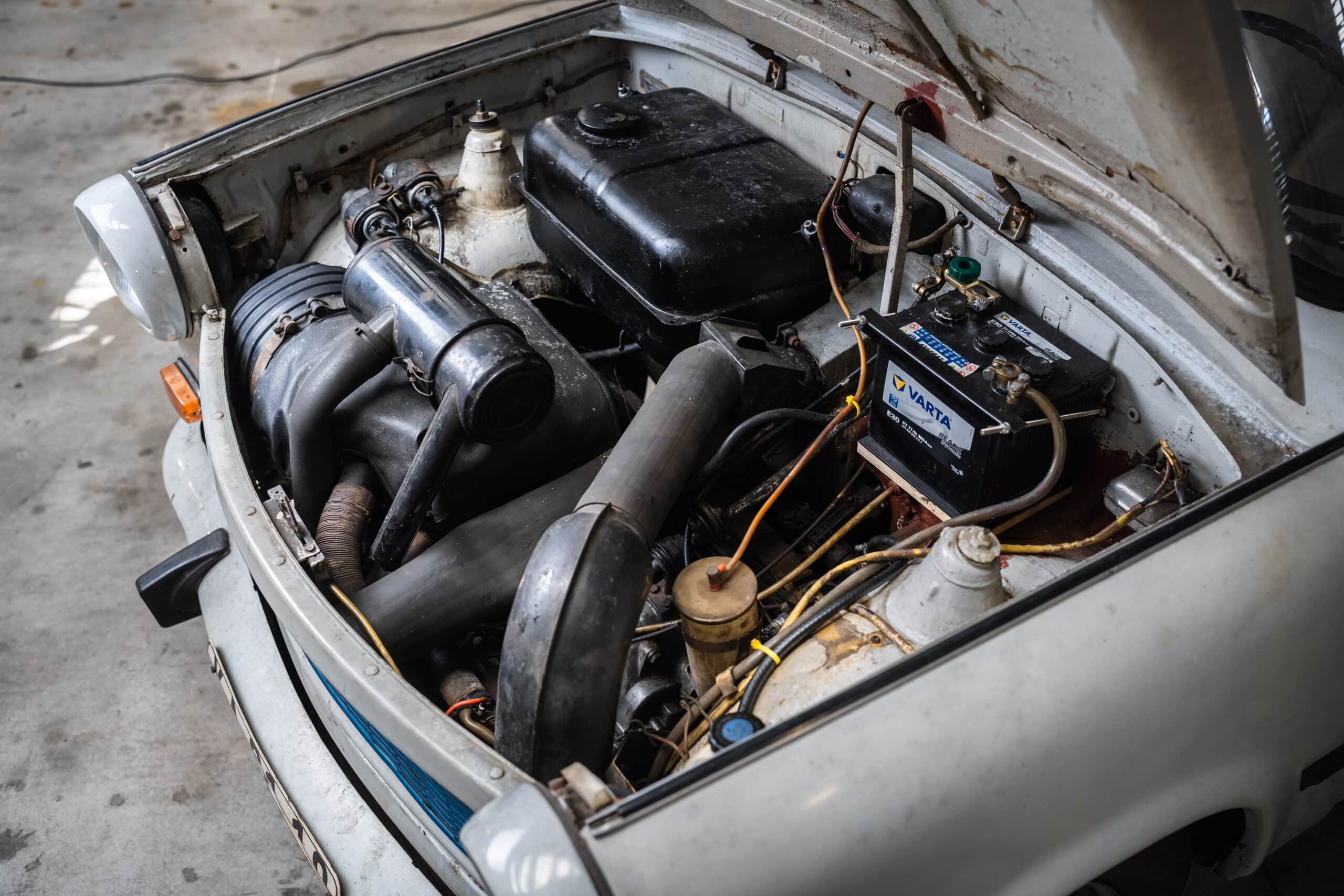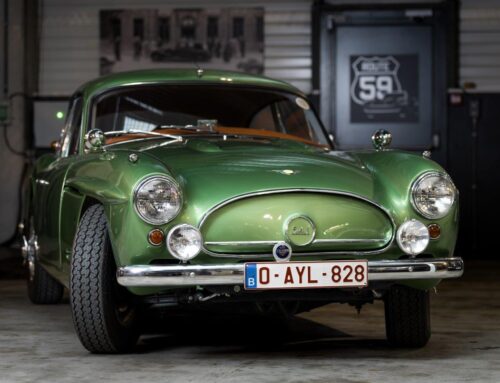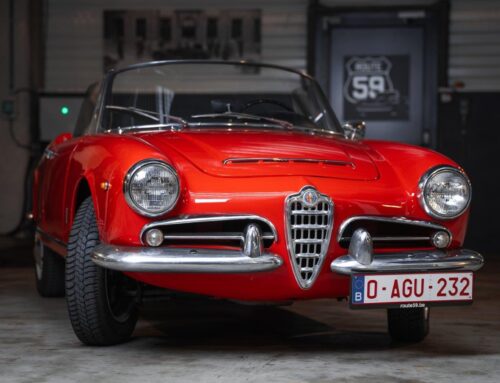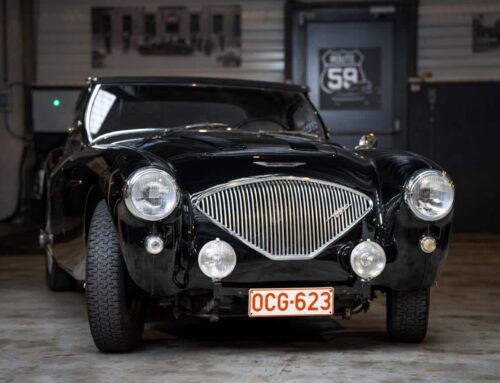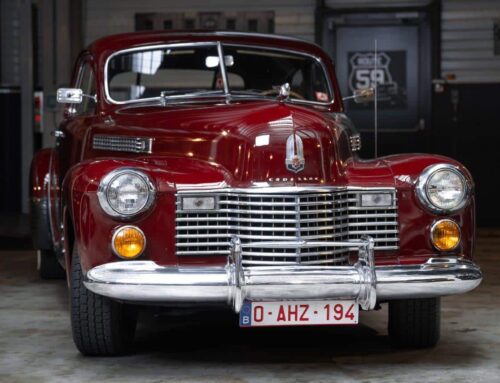Trabant 601 S Kombi
| Brand | Trabant |
| Model | 601 S Kombi |
| Color | White |
| Transmission | Manual 4-speed |
| Pk | 26 ch |
| Year | 1970 |
| Price | Not for sale |
The Trabant is a small car produced from 1957 to 1991 by the former East German carmaker VEB Sachsenring Automobilwerke Zwickau. Four models were produced: the Trabant 500, the Trabant 600, the Trabant 601 and the Trabant 1.1. The first model, the 500, was a relatively modern car when it was launched.
It featured a duroplast body on a steel chassis, front-wheel drive, a transverse two-stroke engine and independent suspension. As this 1950s design remained largely unchanged until the introduction of the latest model, the Trabant 1.1 in 1990, the Trabant became a symbol of the stagnant economy of the former East Germany and the collapse of the Eastern bloc in general. Called “a spark plug with a roof”, 3,096,999 Trabants were produced.
Produced without major changes for almost 30 years, the Trabant became the most popular car in East Germany. It came to symbolize the country when the Berlin Wall came down in 1989, with images of East Germans crossing the border into West Germany being broadcast around the world.
Manufactured by a state monopoly, it took around ten years to acquire a Trabant. East German buyers were placed on a waiting list of up to thirteen years. Waiting times depended on their proximity to the capital, Berlin. The official state price was 7,450 GDR marks, and the ratio of demand to production was forty-three to one (1989). The open market price for a used model was more than twice that of a new one, and the average worker had to wait ten to thirteen years on a waiting list, or, if available, pay more than double for a used model.
The Trabant had a steel chassis, with the roof, boot lid, hood, fenders and doors made of duroplast, a hard plastic made from recycled cotton waste from the Soviet Union and phenolic resins from the East German dye industry. This was the second car whose body was made from recycled materials; the first was the AWZ P70 Zwickau, manufactured from 1955 to 1959. The material was durable, and the average life of a Trabant was 28 years.
The engine of the original 500, 600 and 601 was a small two-stroke engine with two cylinders, which explains the vehicle’s modest performance. Its empty weight was around 600 kg. When it ceased production in 1989, the Trabant delivered 26 PS (19 kW) from a displacement of 594 cc. It took 21 seconds to accelerate from zero to its top speed of 100 km/h.
As the engine was a two-stroke, oil had to be added to the 24-liter tank in a 50:1 ratio between fuel and oil at each fill-up. As the Trabant didn’t have a fuel pump, its fuel tank was above the engine, so the fuel reached the carburetor by gravity, increasing the risk of fire in the event of a head-on accident.
This model is a 601 S Kombi from 1970.


